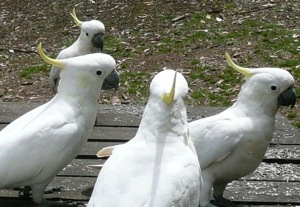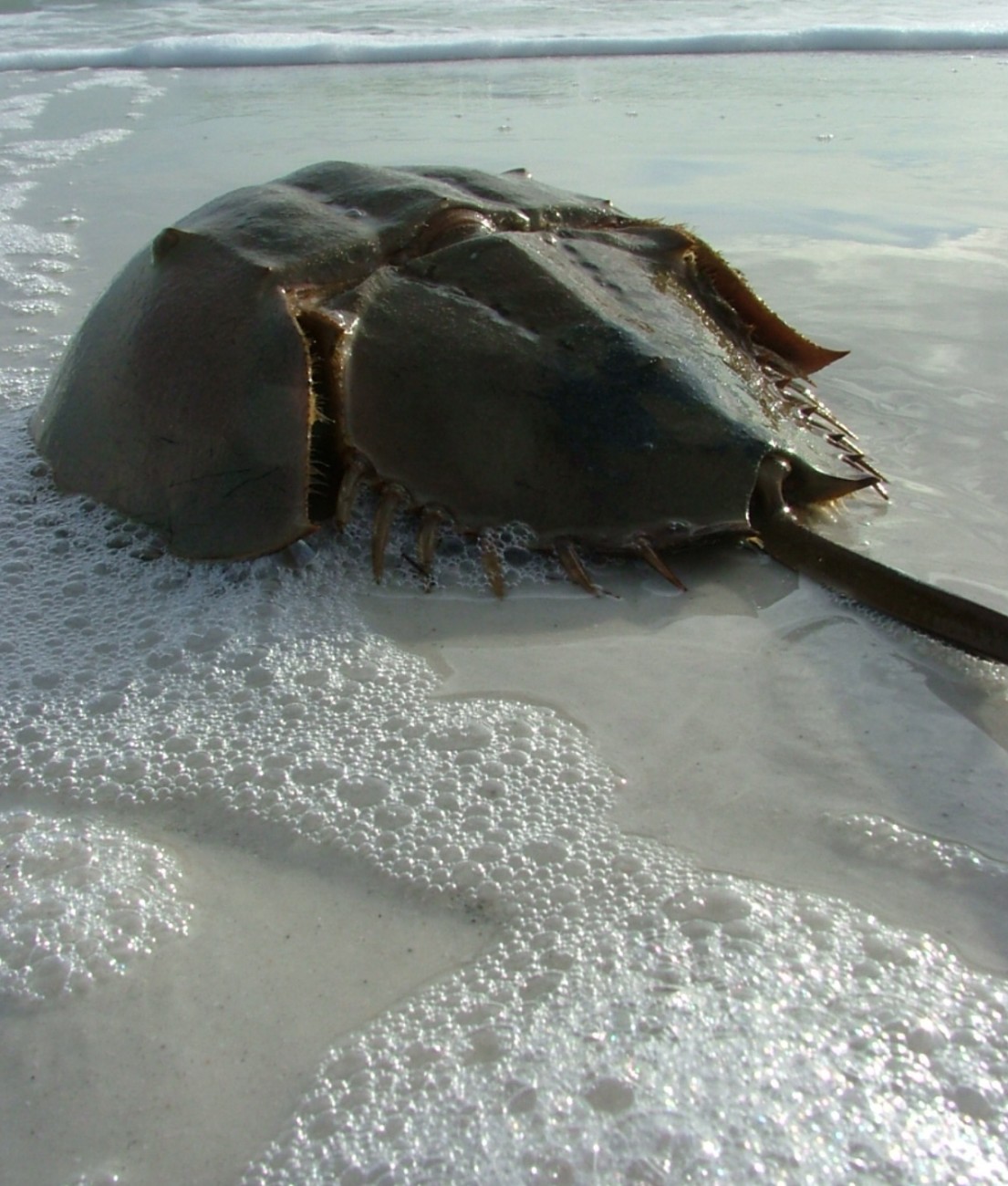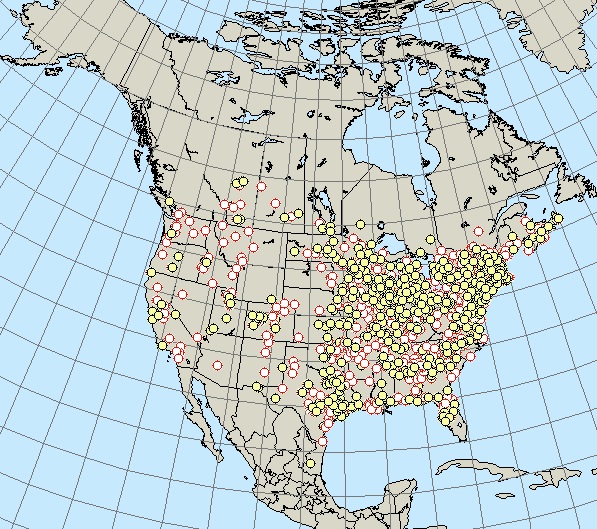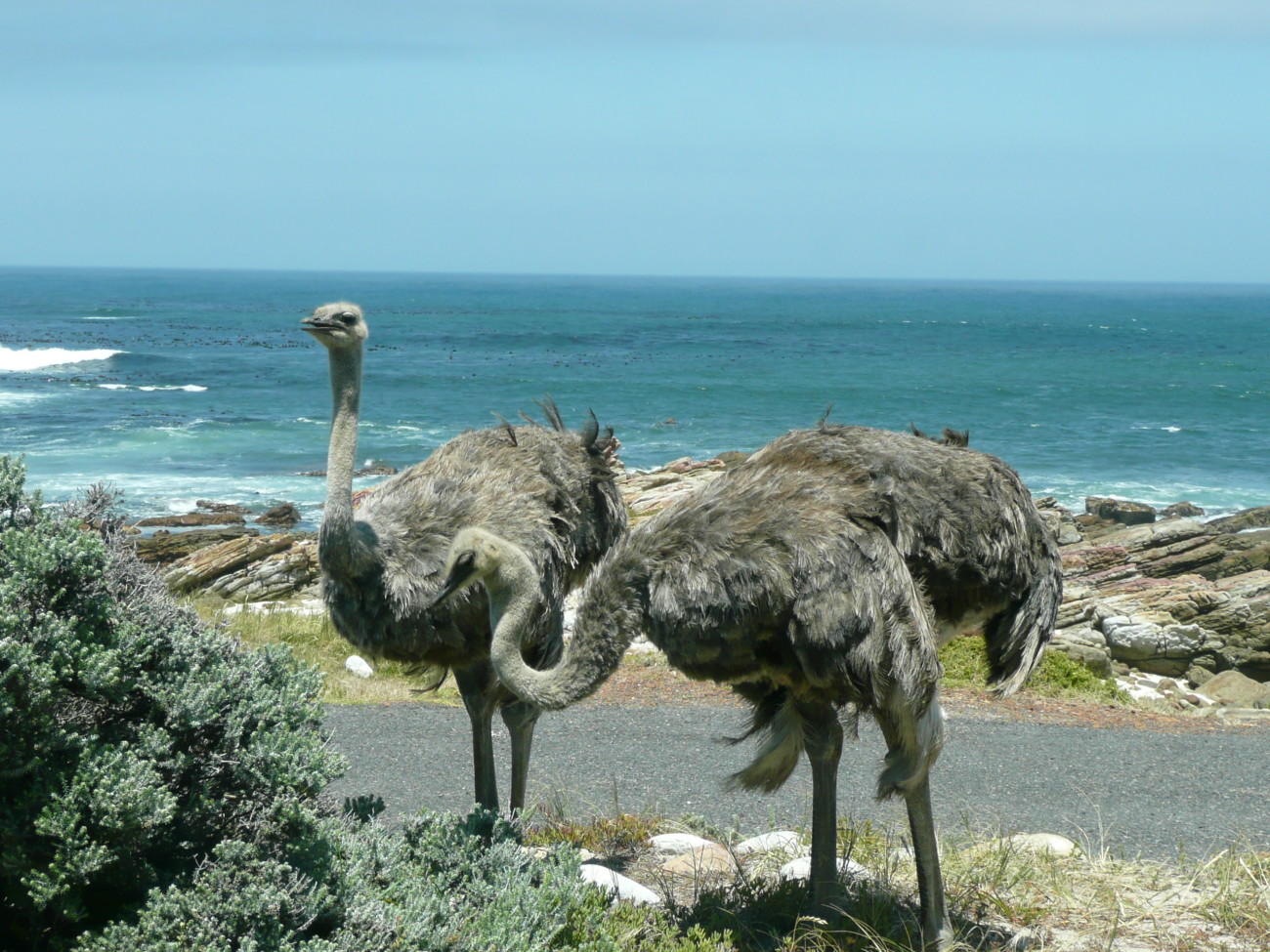
by Loti | Apr 21, 2015 | Amazon, Animals, Birds, Flowers, Landscapes, Plants, Reptiles
Amazon, Peru. How to describe it? A big muddy river or the most beautiful spot on our planet. Where else can you see pink dolphins (the only place in the world), monkeys, 2 toed sloths, wild orchids, 4 foot iguanas and gorgeous sunsets while navigating a giant, muddy river? The statistics are staggering; 25% of all our oxygen is produced in the Amazon, one third of all species live there, the drainage basin covers 2.7 million square miles, and 25% of all drugs come from rain forest ingredients. Wow. Yet, we have destroyed 20% of the forest already; gone forever to make way for cattle grazing, mining, logging and agriculture. And the deforestation is continuing at a dizzying pace. What can be done before the whole ecosystem collapses? Well, you can visit (ecotourism supports the rainforest), think about your food choices (huge swathes of rainforest are being destroyed to plant soybeans in support of cattle), avoid companies exploiting the forest (selling exotic animals or timber) and learn all you can. But time to get off my soapbox and back to planning a return trip to Peru in search of birds and orchids! Now that is helpful and...

by Loti | Mar 8, 2014 | Australia, Birds, United States
Sydney, Australia. Pretty cool birds. But what are they? Surely there is an internet app for identifying birds. Well, of course! Actually the one I found and like is the Merlin Bird app produced by the Cornell Lab of Ornithology. Covering 285 species, I identified my first birds using it this week, wild turkeys walking across the road in North Carolina. It is easy enough for a child to use (just my speed) and sends info to Cornell who uses it to track bird populations. So I am helping science while birding, my new favorite sport. And move over all you football fans. According to the US Fish and Wildlife services, birding is the #1 sport in the US (maybe a little biased). And it is free! Just look outside and no matter where you are, there are birds. Some 10,000 species worldwide. And the Merlin app is also free. Sweet! Well, the birds pictured are Sulphur Crested Cockatoos, only found in the wild in Australia and New Guinea. We saw them in a local park while visiting Sydney. Now I have 6 birds listed in my new Birder’s Journal. Only 8,393 to go to match Phoebe Snetsinger’s world record of birding, the most of anyone in the world at the time of her death. Well, I better go get...

by Loti | Feb 10, 2014 | Animals, Birds, Health, United States
Florida. What in the world do humans and red knot shore birds have in common? Horseshoe crabs. Really? I remember horseshoe crabs as a kid washing up on the Long Island shore. These cool looking crabs are one of the few living fossils surviving today, having been around for 450 million years (way, way before dinosaurs). They are close cousins of the spider and look like big scorpions with hard backed shells and a harmless, although scary looking, long tail. So how are we all connected? The red knot bird relies on the consumption of eggs laid by the horseshoe crab to refuel for their unbelievably long migration from South America to the Arctic (almost 20,000 miles round trip). Humans rely on the blood of the crabs to protect us from bad bacteria (to learn more check out this fascinating PBS documentary (video.pbs.org/video/1200406235). All intravenous drugs, including shots and vaccines, in the US are required by the FDA to be tested with horseshoe crab blood to detect any foreign bacteria. (Wow, that I didn’t know).The blood, containing copper (making it blue as opposed to the iron in our blood which is red), coagulates when exposed to bad bacteria. Birds, crabs and humans- all interconnected. What an amazing world! Photo from...

by Loti | Jan 20, 2014 | Animals, Australia, Birds, Endangered Species, Environment, Flowers, Food, Health, Insects, Plants
Adelaide, Australia. Within walking distance of our hotel, I discover a magical botanical garden. Free to the public, in the middle of downtown, this 125 acre oasis includes a rainforest under glass. The forest is housed in the largest single span greenhouse in the Southern Hemisphere (for those of us geography challenged, the Southern Hemisphere is all the land below the equator including Anartica, Australia, most of South America and a third of Africa.) Entering the glass 2 story structure, the air is misty and buzzing with activity, from birds, insects, plants growing and 1,000 misting nozzles. I have always heard how important the rainforest (defined as a dense forest receiving 90-180 inches of annual rainfall) is to our global ecosystem, but I had no idea 50% of the world’s plants and animals live in them. And many of our medicines (some anti cancer and leukemia drugs for starters) come from rainforest plants. Yet we are losing 1-2 (and some biologists estimate the number is closer to 100) animal and plant species a day to extinction primarily from deforestation. Wow! So what can we do? I plan on learning more about the issues and possible solutions by joining a conservation club, visiting rain forests whenever I can and taking steps to recycle and be nice to our Earth. Once a species is gone, we can never get it back. And that sounds so...

by Loti | Sep 9, 2013 | Birds, Flowers, United States
North Carolina. I had forgotten how wonderful hummingbirds are to watch so I was delighted to see one yesterday. They are the smallest bird in the world and the only ones that can actually hover in midair, fly backwards, sideways and upside down. Now that is cool! Memories come back of the hummingbirds arriving at my Grandparents house when I was young. They always came on the same day in April and left at the beginning of September. But I never thought about where they live all winter. So where do they go? While not all hummingbirds migrate, most of the ones living in the US do. The map shows sightings this fall of hummingbirds who are just starting their migrations to Mexico, the Yucatan, Panama or the Southern US. Since hummingbirds are solitary birds, they generally travel alone (how sad) so we don’t know much about their migratory patterns. Maps like this rely on citizens to report sightings thru organizations like Northern Journey and The Audubon Society (all you have to do is register on their website and record a sighting, which of course I did). And how does the tiny bird know when it is time to migrate, sometimes thousands of miles? They rely on the amount of daylight and the angle of the sun to tell them. Loading up on insects and nectar in preparation for their trip, often gaining twice their weight for the long journey, they head south for the winter and north for the summer. Pretty smart birds for being so small (and cute!) ...

by Loti | Jul 23, 2013 | Africa, Birds
Africa. Driving along the coast of the Cape Of Good Hope, we came across 2 ostriches just hanging out by the side of the road. I hadn’t realized how big these birds can get with males reaching up to 9 feet in height and weighing over 300 pounds. And they can’t even fly, but they sure can run. An ostrich can sprint over 43 miles an hour. And with those strong legs they can kick a lion or human to death in one quick thrust. Yikes! So it is interesting that ostriches are raced in Africa and even some parts of the US with a jockey on their back, just like horses. Of course there is much debate about the cruelty of this practice, but then again we eat ostrich meat, enjoy their eggs (one ostrich egg is the equivalent of 24 chicken eggs, use their skin for leather and adorn our hats with their feathers (ok, some people do although they don’t do much justice to my baseball hats). And what about one of my favorite sayings that ostriches stick their head in the sand to avoid conflict, just like I try to do. Unfortunately, it is not true. They will lie down and press their head and long neck to the ground to be less visible if danger approaches, but they don’t bury their heads. Damn. I guess I’ll just have to come up with another saying. ...







